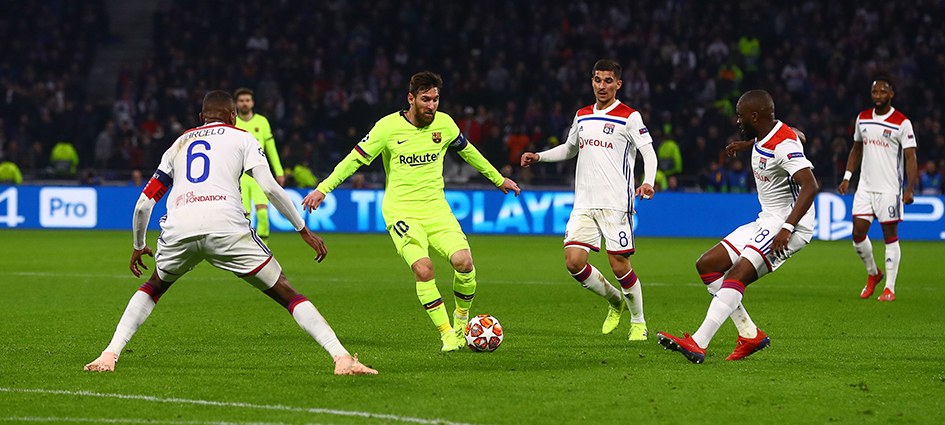
The three parts of possession
- Kevin Green
- 22 January 2020
FA regional coach mentor, Kevin Green, looks at what players do before, during and after having possession of the ball.
One of the characteristics of great players is that they often appear to possess more time on the ball than others. One step ahead of the opposition, the best players have a clear picture of what to do before the ball arrives at their feet. Great players plan ahead.To develop future generations of creative players, coaches must encourage players to plan ahead. Not only talking to players about what to do when on the ball, but the thoughts they have before receiving and their decision-making and contribution after having possession.
As the game gets quicker and operating space becomes more limited, the players of the future will need exceptional planning abilities. Scanning skills which allow players to assess and be aware of time, support, pressure, and opportunities to advance or score will be essential.
The plan, do, review model emphasised in the England DNA can be used to help players to do this and work more effectively before, during and after having possession of the ball.

As coaches, we have a duty to give players different experiences and challenges to help them improve their scanning, selection and review skills.
Adopting the ‘whole (game), part (practice), whole’ (game) method is one way that the players will experience increased game time, and as a by-product develop a larger memory bank of pictures leading to more intelligent decisions.
Using different pitch sizes and formats is a useful tool to accompany the whole, part, whole method and can support players to improve their decision-making skills within a game.

The pitches shown in the diagram are set-up to play 3v3, each providing different challenges. The varying size pitches challenge a range of technical, psychological and physical skills.
Pitch A is long and narrow which may mean selecting longer passes or travelling with the ball over greater distances. Pitch B is standard size. Pitch C is shorter and wider, meaning the space may be found in wide areas, and outcomes may include dribbling in tight areas as well as quick combinations, shooting exchanges and rotations between players.
Small-sided games utilising a variety of pitch formats are a great way to expose players to different situations where they need to plan ahead and experience different levels of pressure, technical options (passing using a variety of techniques and surfaces and shooting from different angles and distances) as well as situations to travel with the ball.
Understanding that players go through the planning, doing and evaluating process continually through a game is important for coaches. Working with this idea as a model can help you to work with the players to recognise areas for development. Another tip for developing the planning process is to incentivise practices rather than applying constraints. By adding rewards, players may look to make decisions early and decisively.

Maximising playing time and minimising the amount of coach talk time will be hugely beneficial in helping our players develop their ability to plan, do, review within game situations.
As part of the England DNA it is recommended to have high quality ball rolling for 70% of the practice session. Along with concise and timely support from the coach, these approaches will help players build up the picture recall bank needed to make intelligent decisions.
Article image courtesy of Kieran McManus/BPI/REX.
This article was first published in The Boot Room magazine in August 2015.


